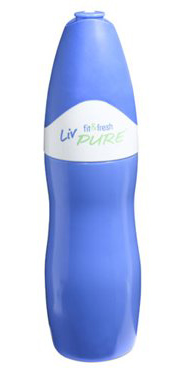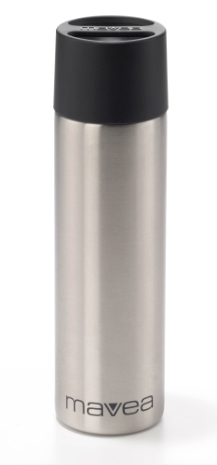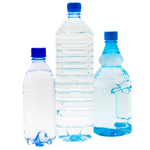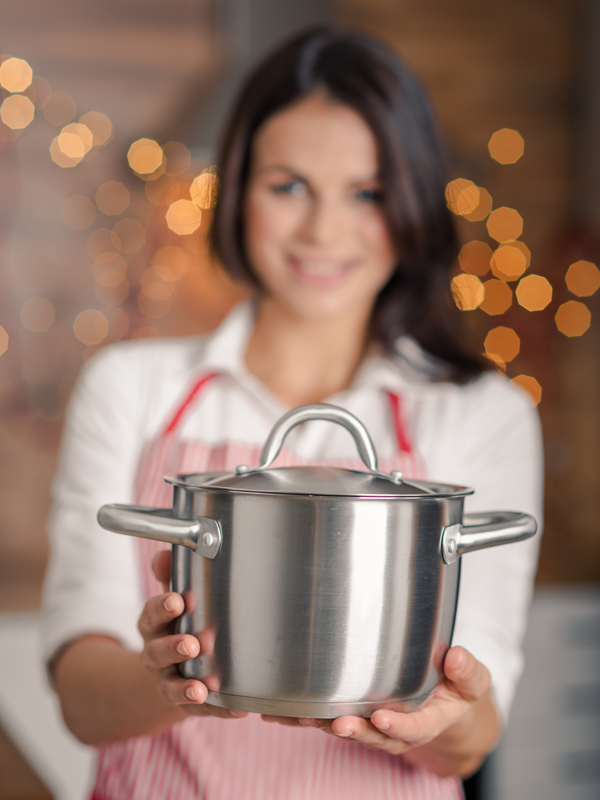The benefits of reusable water bottles are uncontested when compared with plastic disposable bottles. They’re better for the environment, there’s less toxicity risk and simply enough, they’re bigger and can carry more liquid. But the jury’s out on what kind of reusable bottle’s best. Read on for our pros and cons for each of the most common types to help you decide, if you haven’t already made the switch.
PLASTIC
Pros:
1. Lightweight and easy to carry.
2. Not easily damaged or broken.
3. Cheap and easy to find.
Cons:
Many contain bisphenol A (BPA), a controversial chemical used in the production of hard plastics. The Canadian federal government added BPA to its toxic substances list last October. But former Health Minister Tony Clement said in 2008 that negative health effects only result from much higher BPA exposure than normal. The FDA has also said it doesn’t normal BPA exposure to be hazardous.
If plastic is for you, try: Fit & Fresh LivPure Water Bottle, $13. It’s made from polyethylene (a plastic made without BPA) and has a built-in water filter.

STAINLESS STEEL
Pros:
1. Durable; not easily damaged.
2. No toxicity risk.
3. Widely available in different designs.
Cons:
1. Often get scratched or dented when dropped.
2. Sometimes gives liquids a metallic taste.
If stainless steel is for you, try: Mavea Fill ˜N Go Water Bottle, $17. It’s a sleek, simple design with a large, easy-to-open cap and plastic coated mouth so there’s no spillage due to closure grooves.

GLASS
Pros:
1. No toxicity risk.
2. Sustainable material.
3. Dishwasher safe.
Cons:
1. Needs protective cover to prevent breakage and insulate your liquids.
2. Not as widely available as plastic and stainless steel; can be hard to find.
If glass is for you, try: Lifefactory Beverage Bottle, $21. It has a funky design and comes in a variety of colours, but best of all, comes with a silicone sleeve that acts as an insulator and grip and helps to prevent the glass from breaking.












